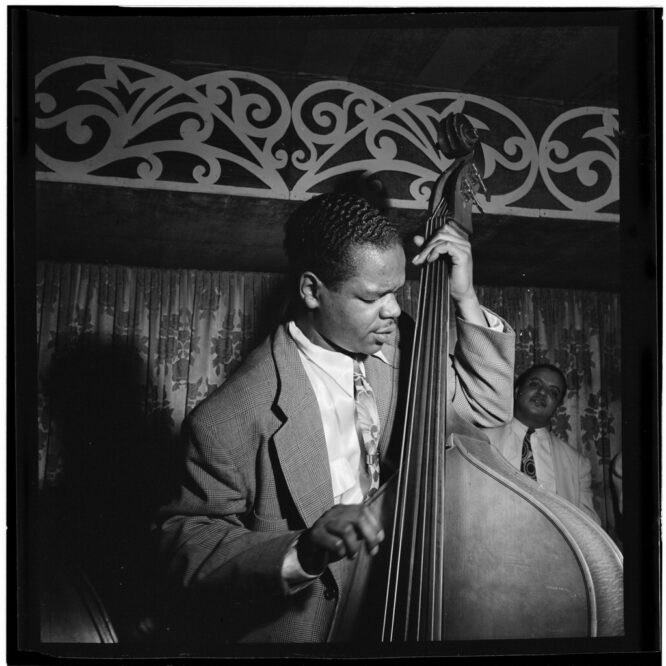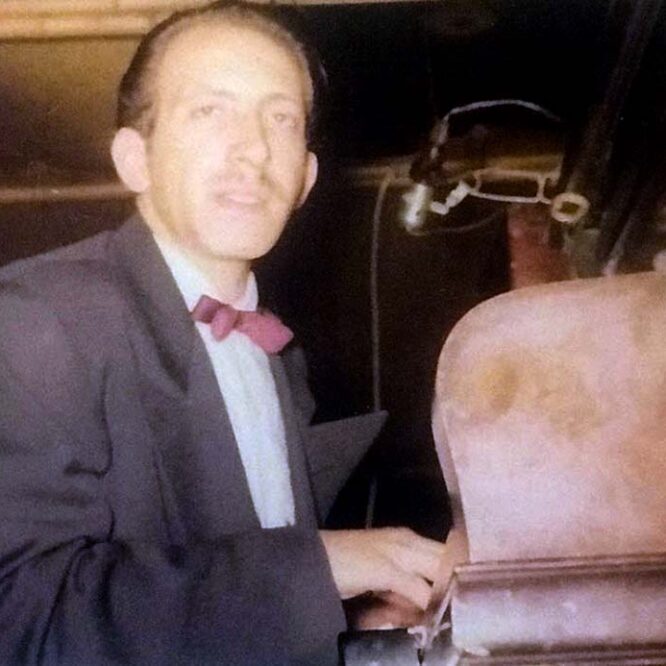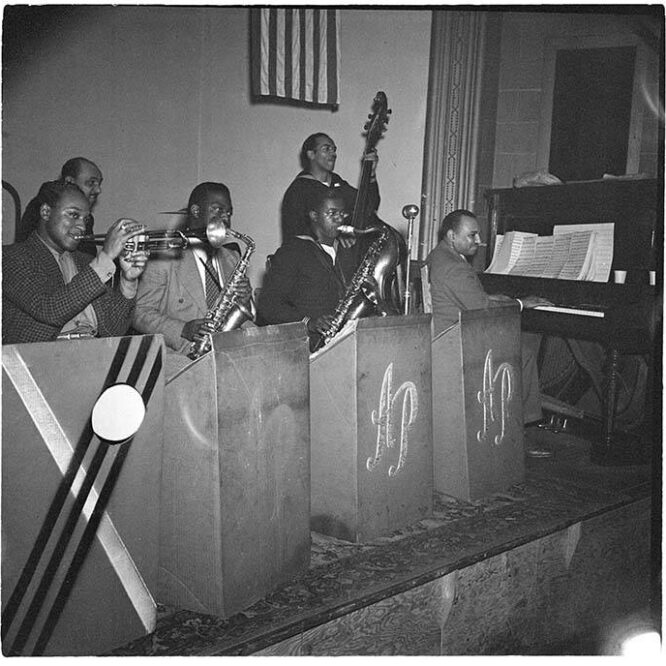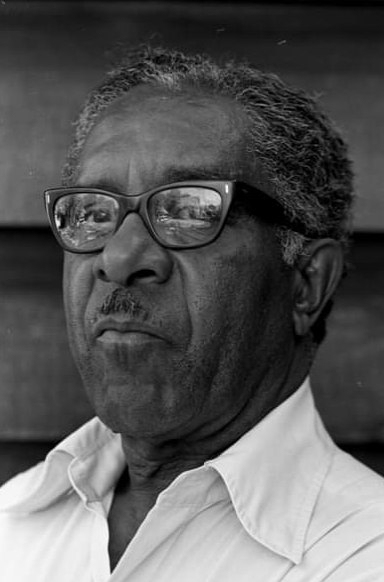Wyatt Ruther
Raised in Pittsburgh, Ruther came to the Northwest in 1943, when he was stationed at Ft. Lewis, where he played in a special services band with Gerald Wiggins and met pianist Elmer Gill. Ruther was a trombone player at first, but after his Army stint, in 1945, he took up bass and stayed in the Seattle area to continue working at the Washington Social Club, with Wanda Brown. Ruther left Seattle for the San Francisco Bay Area in 1948 to join the Ernie Lewis band, and stayed. He subsequently worked with Dave Brubeck, Erroll Garner, Lena Horne and many other top jazz names. From 1971-73, he returned to Seattle to play the Olympic Hotel with the Gene Boscacci Trio. … Continue readingWyatt Ruther






